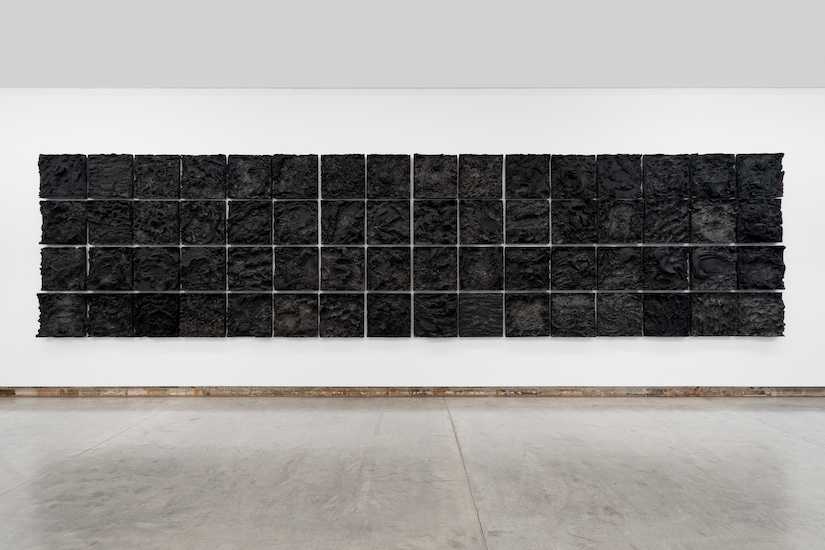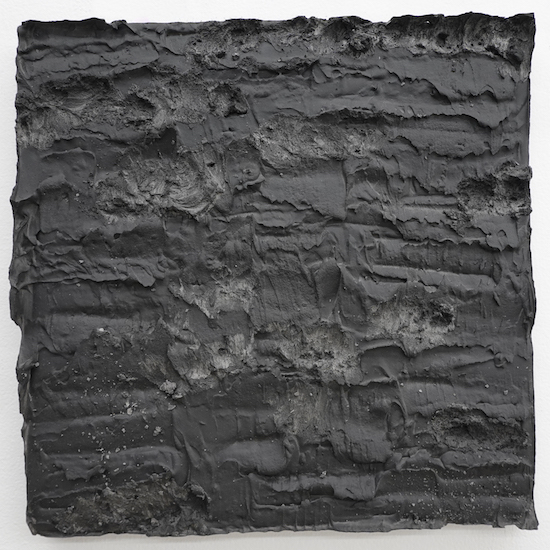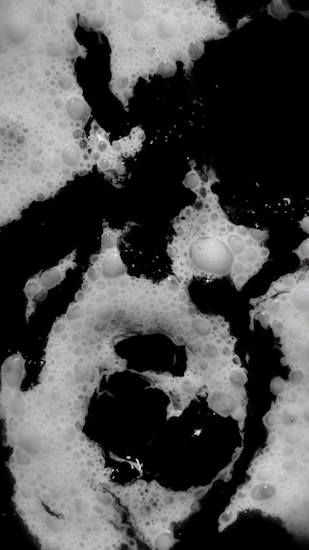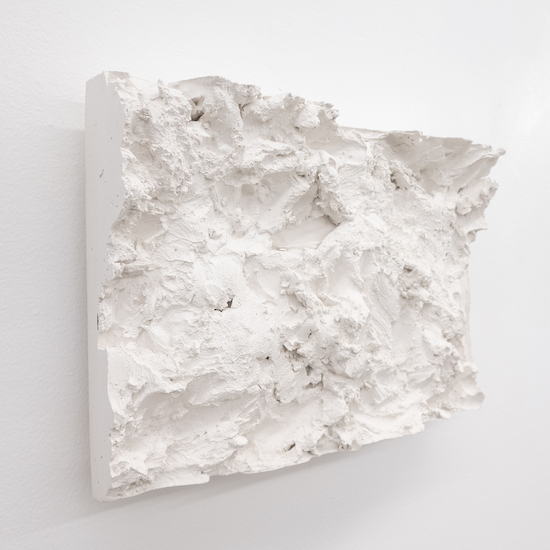Yavuz Gallery is delighted to announce the representation of Kien Situ 司徒建 and invites you to his inaugural exhibition at Yavuz Sydney entitled Umbra.
Umbra, the darkest and most impenetrable part of a shadow, is centred around a large pillar of Chinese ink, which is surrounded by cast ink artworks, including a large-scale wall installation. Primed by his diasporic Chinese-Vietnamese upbringing and training in modern architecture, Situ conjures Umbra as an otherworldly point of convergence between East and West.
Situ’s new sculptures and their auspicious dimensions are directly informed by the I-Ching, an ancient Chinese divination text. The dark forms take their colour from the alchemical mixing of industrial gypsum cement with Chinese Mò ink. In Umbra, we see 墨; the Mandarin character for Chinese ink, whose semiotics roots are composed of the radicals ‘黑‘ and ‘土‘ (translating to ‘black’ and ‘earth’ respectively), used in a manner that is both respectful and defiant to linear historical narratives in the formation of new articulations with traditional materials.
Kien Situ 司徒建 (b. 1990, Australia) works across sculpture and installation to explore the ideas of memory, cultural amnesia and identity in relation to constructed objects and built environments. The incorporation of ink is foundational to Situ’s practice as part of his broader investigation into the interrelationships between geography and identity. The material associations of region-specific ink and colour provide deeply embedded connotations to time and place.









